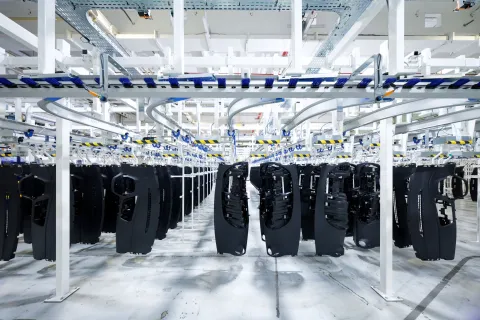
Clarifications from FORVIA and Michelin regarding the future of Symbio

Following the publication of a press article on July 15, 2025, concerning the future of Symbio, FORVIA and Michelin, co-shareholders of the company alongside Stellantis, provide several important clarifications.
FORVIA and Michelin were informed in May of Stellantis’ intention to halt its hydrogen-related activities as of 2026. This unexpected shift comes despite Stellantis being both a co-shareholder and Symbio’s main customer, having long carried the ambition of shaping the hydrogen mobility market for light commercial vehicles. Stellantis’ orders alone account for approximately 80% of Symbio’s planned production volume.
Over the past two years, Symbio has scaled its investments, hiring, and development roadmap based on Stellantis’ stated needs for the next eight years. The technology and performance of Symbio’s systems have been validated by all shareholders, including Stellantis’ own teams. More recently, as part of the French government’s call for projects* announced in April 2025, Symbio was fully prepared to produce hydrogen fuel cells for Stellantis vehicles eligible under this scheme.
Stellantis’ decision will have irreversible operational and financial consequences for Symbio. Michelin and FORVIA are particularly concerned about the impact on Symbio’s 590 employees in France and 50 employees abroad.
In this context, Michelin and FORVIA are in close contact with public authorities.
* The French government launched a call for projects in May 2025 focused on hydrogen-powered light commercial vehicles (LCVs), as part of the national strategy for decarbonized mobility. Announced under the National Hydrogen Strategy, the LCV H2 Call for Projects was published on May 17, 2025. Operated by ADEME, it aims to support projects for the acquisition or leasing of new hydrogen-powered LCVs with a gross vehicle weight rating (GVWR) of 2.5 tons or more. This initiative seeks to offset the additional cost of hydrogen versions compared to battery-electric equivalents, by supporting their industrialization and adoption.



